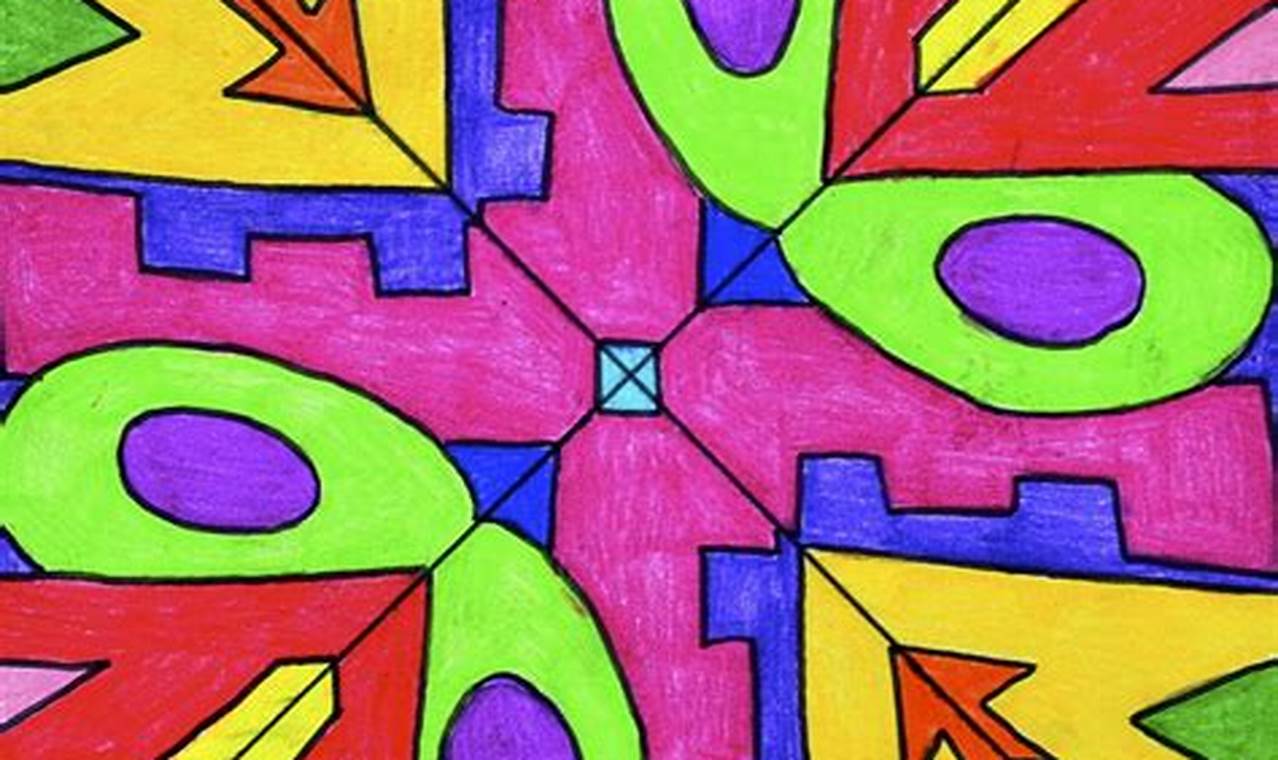Symmetry is a fundamental concept that appears everywhere in nature and art. Introducing children to symmetry through drawing fosters an understanding of balance, spatial reasoning, and attention to detail. The activity of tracing lines to create symmetrical drawings is not just a fun pastime; it lays the groundwork for more advanced skills in geometry, art, and even problem-solving.
The primary benefit of utilizing a “tracing lines to create symmetrical drawings” worksheet lies in the development of fine motor skills. By carefully tracing lines, children enhance their hand-eye coordination and muscle control. This practice also improves concentration and focus, as precision is required to maintain symmetry. Furthermore, the activity encourages visual discrimination, which is crucial for recognizing patterns and understanding spatial relationships.
This particular worksheet presents a series of incomplete images. One half of each image is provided, and dotted lines guide the completion of the other half through tracing. The images range from simple shapes like butterflies and leaves to slightly more complex designs. Each design is strategically chosen to offer varying levels of challenge, catering to different skill levels. Bold lines and clear starting points are included to support successful completion, even for young learners.
To use the worksheet effectively, begin by ensuring a comfortable and stable workspace. Provide the child with a sharpened pencil or a thin marker. Demonstrate the process by tracing a portion of the first symmetrical drawing, emphasizing the importance of staying on the dotted lines. Encourage the child to work slowly and deliberately, focusing on matching the lines and curves to create a balanced image. Breaks are helpful to prevent fatigue and maintain engagement. Positive reinforcement and praise for effort are essential throughout the activity.
To supplement this activity, consider incorporating other resources that reinforce symmetrical concepts. Explore related worksheets on Kidtraces.com that feature different types of symmetrical designs and patterns. Hands-on activities, such as creating symmetrical patterns with building blocks or folding paper to make symmetrical shapes, can also enhance learning. Educational videos and books about symmetry in nature and art can further expand the child’s understanding and appreciation of this concept.
In conclusion, the “tracing lines to create symmetrical drawings” worksheet offers a valuable opportunity to develop essential skills while exploring the fascinating world of symmetry. The combination of fine motor practice, visual discrimination, and creative expression makes this worksheet an excellent tool for early learning. It is highly recommended to download and try this worksheet to support continuous learning and skill development. Further exploration of free worksheets on Kidtraces.com will undoubtedly enrich the educational experience.
